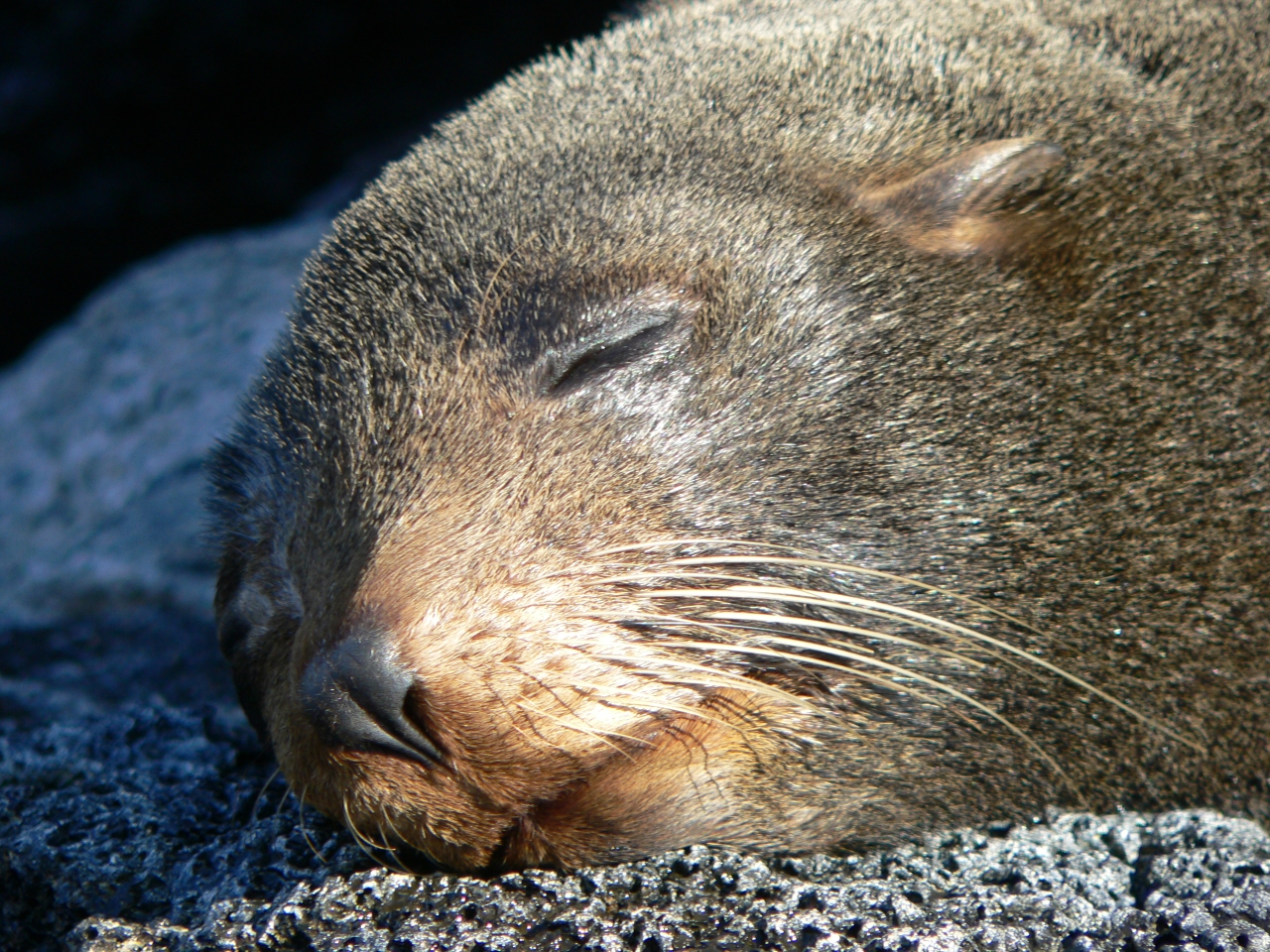
by Emma R.
Good morning, Stoneleigh walkers!
Did you know that runaway slaves from the 1600s in Guyana and Suriname went into the jungle and recreated their African tribes? They kept their religion, customs, and music. Every once in a while, they would raid a plantation to free more slaves and steal food and livestock. They began to hunt and grow crops like they did in Africa. Some of these Maroons, as they are called, are still living in the jungle isolated from all people and society. However, some of the Maroons have moved to the city and have become part of the society. They have also become citizens of the country and now live in big cities. The maroons who still live in the jungle have the same religion, language, and music. They live in the same way their ancestors did in the 1600s.





